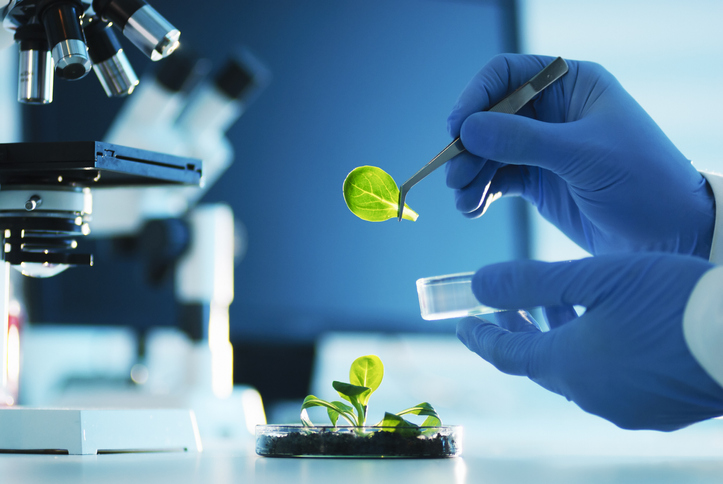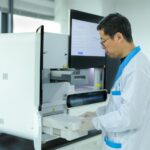Plant cell-based bioproduction systems are known for producing proteins with proper folding and post-translational modifications that have been used in a handful of approved therapeutics. Widespread adoption has been constrained, however, by the complexity of optimizing and scaling production. Applying cellular engineering and other newer genetic engineering techniques can change that, making plant cell-based bioproduction a transformative platform for producing high-value recombinant proteins.
In a recent paper in Biotechnology Advances, Jianfeng “Jay” Xu, professor at the Arkansas Biosciences Institute at Arkansas State University, and colleagues propose that applying cell wall engineering; selecting novel protein partners, precise gene integration, and better screening; and using newer genome editing tools could make plant cell-based protein expression platforms a good alternative to E. coli platforms.
“Implementing these strategies would significantly improve the efficiency of plant cell-based protein production,” Xu tells GEN. “For example, cell wall engineering can improve protein secretion and simplify downstream processing, while precise gene integration and genome editing tools like CRISPR-Cas9 can ensure stable, high-yielding cell lines. These innovations would streamline the entire production pipeline, making it more competitive with traditional platforms.”
Unexplored elements
Although plant cell-based bioproduction has advanced considerably during the past several years, certain elements remain largely unexplored. To that point, Xu says, further work in “strategic protein design and engineering, effective screening and long-term maintenance of elite cell lines, and optimization of foreign gene integration sites in the plant genome,” could resolve low protein productivity.
Additionally, his team thinks it’s possible that when cell cultures are grown under optimized conditions, those plant cells may not need an intact cell wall structure for long-term viability and stability. If that proves accurate, plant cells may be engineered to “prevent cell clumping, avoid transgene silencing, and reduce protease levels,” they hypothesize, using RNAi to downregulate target gene expression and CRISPR-Cas to knock out particular genes. That could result in new plant cell lines optimized for bioproduction.
“While E. coli may offer faster and cheaper production in the short term, plant cells have the potential to provide higher-quality proteins for therapeutic and industrial applications,” Xu says. “The initial setup for plant cell cultures may be more resource-intensive, but advancements in cell line engineering and process optimization are closing the gap in terms of ease and efficiency.
“The next critical step,” Xu continues, “is to demonstrate the commercial viability of plant cell-based systems through scaling up production, ensuring consistency and reproducibility while meeting regulatory requirements.” This necessitates further refinement of plant cell culture conditions, media formulations, and bioreactor designs, along with collaboration among industry, academia, and regulators.


